Should you wallpaper a bathroom? 10 tips from the experts on how to avoid a wallpaper faux-pas
Wallpaper makes for a stylish bathroom, but it needs some careful thought and design to make it work...
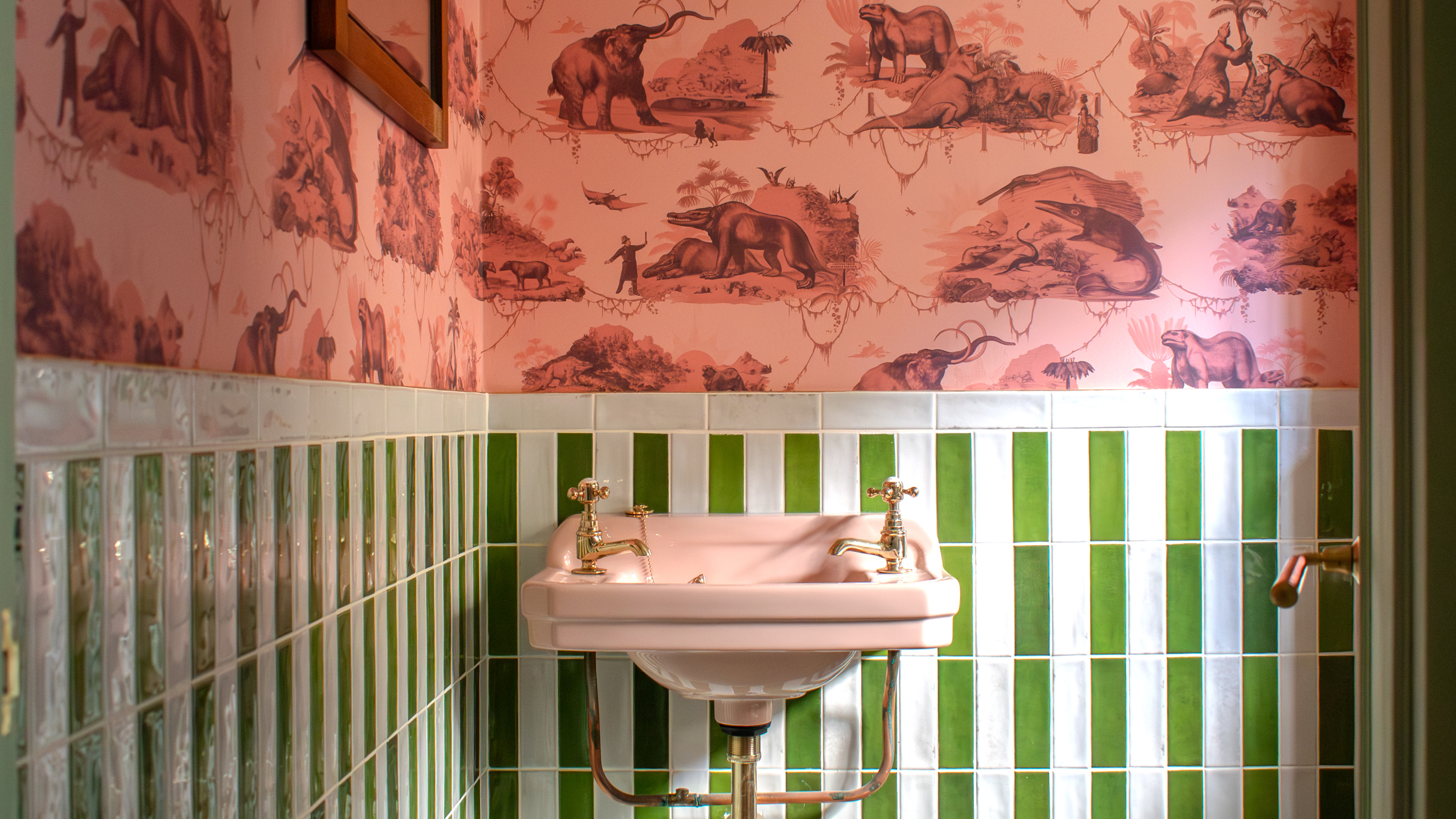
- 1. Don't wallpaper wall-to-wall
- 2. Don't forget about ventilation
- 3. Do check the label
- 4. Remember you can add extra protection
- 5. Use wallpaper to transform a clinical space
- 6. Do use bathroom wallpaper to add POW
- 7. Do team with tiles
- 8. Don't be afraid to go bold
- 9. Do scale it down as well as up
- 10. Do start with the paper
- FAQs
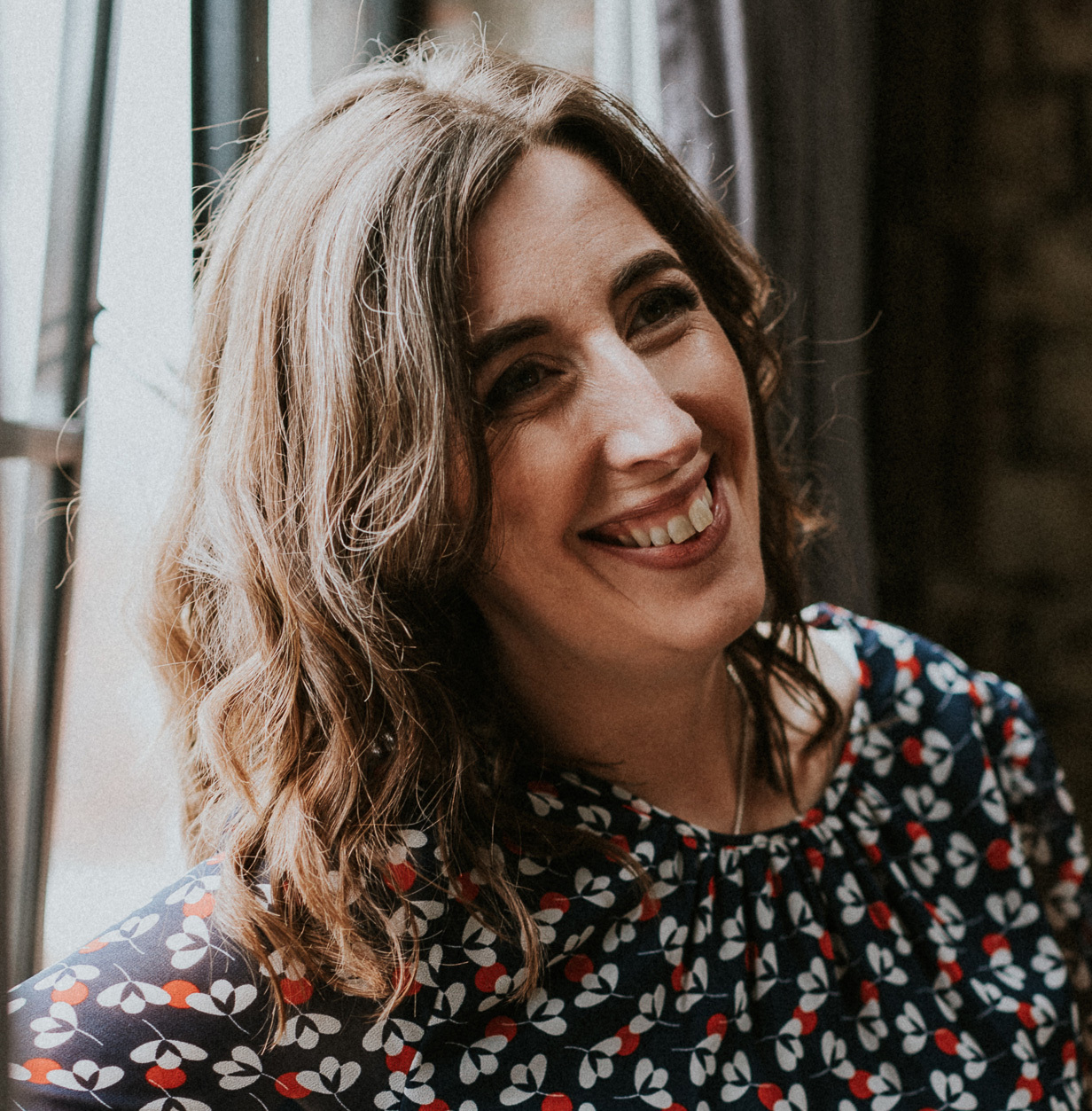
Bathroom wallpaper… once up on the list of design ‘no-no’s’ along with carpet in a bathroom, but it seems we are embracing patterns on our bathroom walls and looking for more and more bathroom wallpaper ideas as an opportunity to express ourselves. But before you reach for the pasting brush, there are a few things you need to know.
‘There are a myriad of ways to approach a bathroom wallpaper,’ says Ruth Mottershead, creative director of Little Greene. ‘The first thing to consider is how you use the space: is it a downstairs guest loo, where you want to create wow factor, or a retreat which you use to relax and unwind?'
'For wow factor, a bold, bright large-scale pattern works fantastically as a design statement. For a luxurious bathroom to unwind in, or to bring character to a smaller downstairs WC, consider adding a textural element with the use of wallpaper.’
Bathroom wallpaper mistakes to avoid
Paper and water don’t mix, so you need to work out which bathroom walls are outside immediate splash areas of your bathroom – so around the basin and shower are best tiled.
Likewise, think about the scale of your chosen wallpaper design – bathrooms are often the smallest room in the house, so think if you have enough wall space to appreciate the patten.
Tempted? We asked the experts to share their bathroom wallpaper know-how.
1. Don't wallpaper wall-to-wall
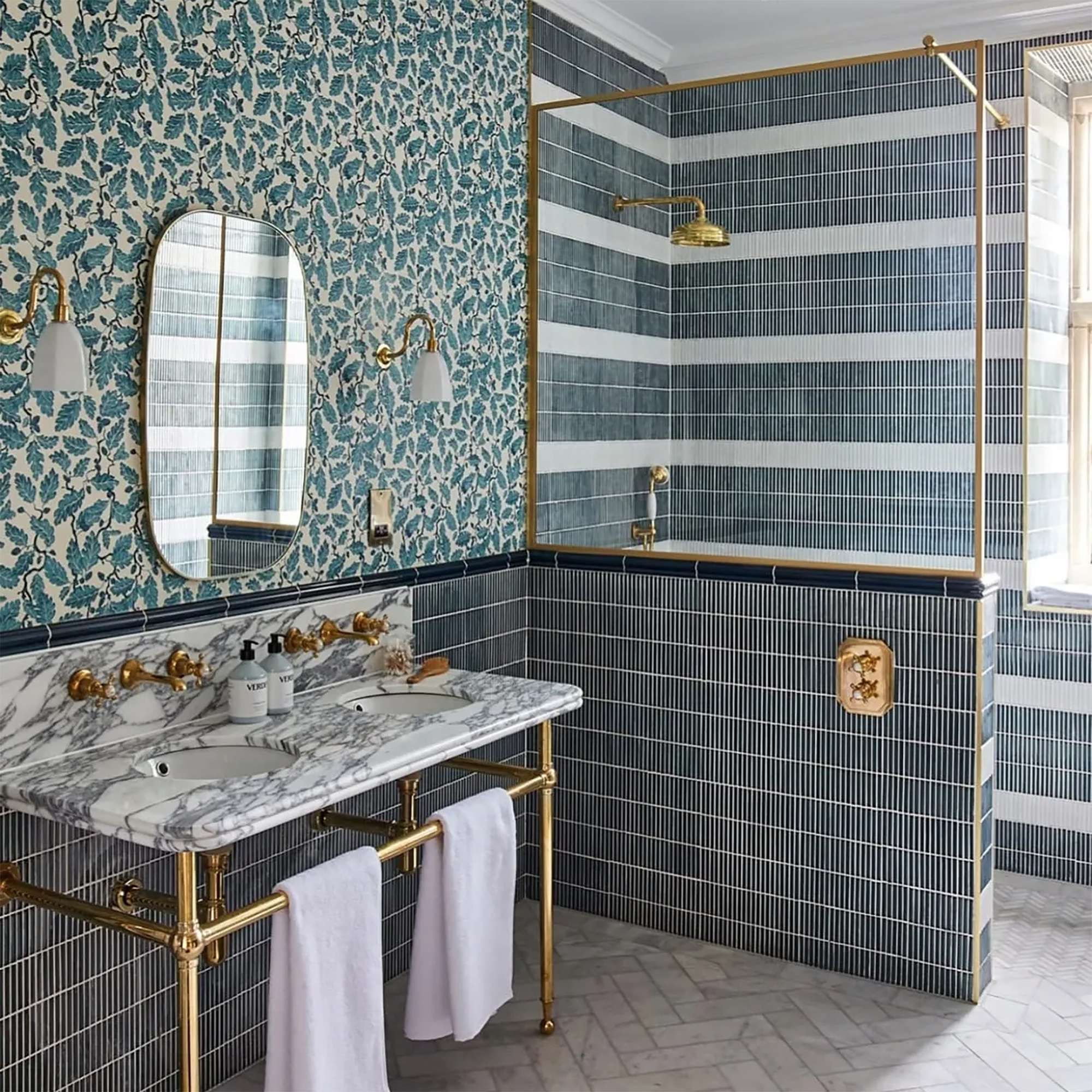
‘There are certain areas of the bathroom that no matter how much your wallpaper has been designed for a hot and humid room, just won’t cut it,’ says Grazzie Wilson, head of creative at Ca’ Pietra.
Get the Ideal Home Newsletter
Sign up to our newsletter for style and decor inspiration, house makeovers, project advice and more.
‘Tiles should always be used in the shower area for obvious reasons, as you need a fully waterproof material. We’d also recommend other areas where water is likely to come into contact with surface areas, such as behind the sink, though you can keep tiles to a minimum area.’
Of course, there are plenty of ways you can be creative with bathroom tile ideas that work well teamed with wallpaper.
2. Don't forget about ventilation
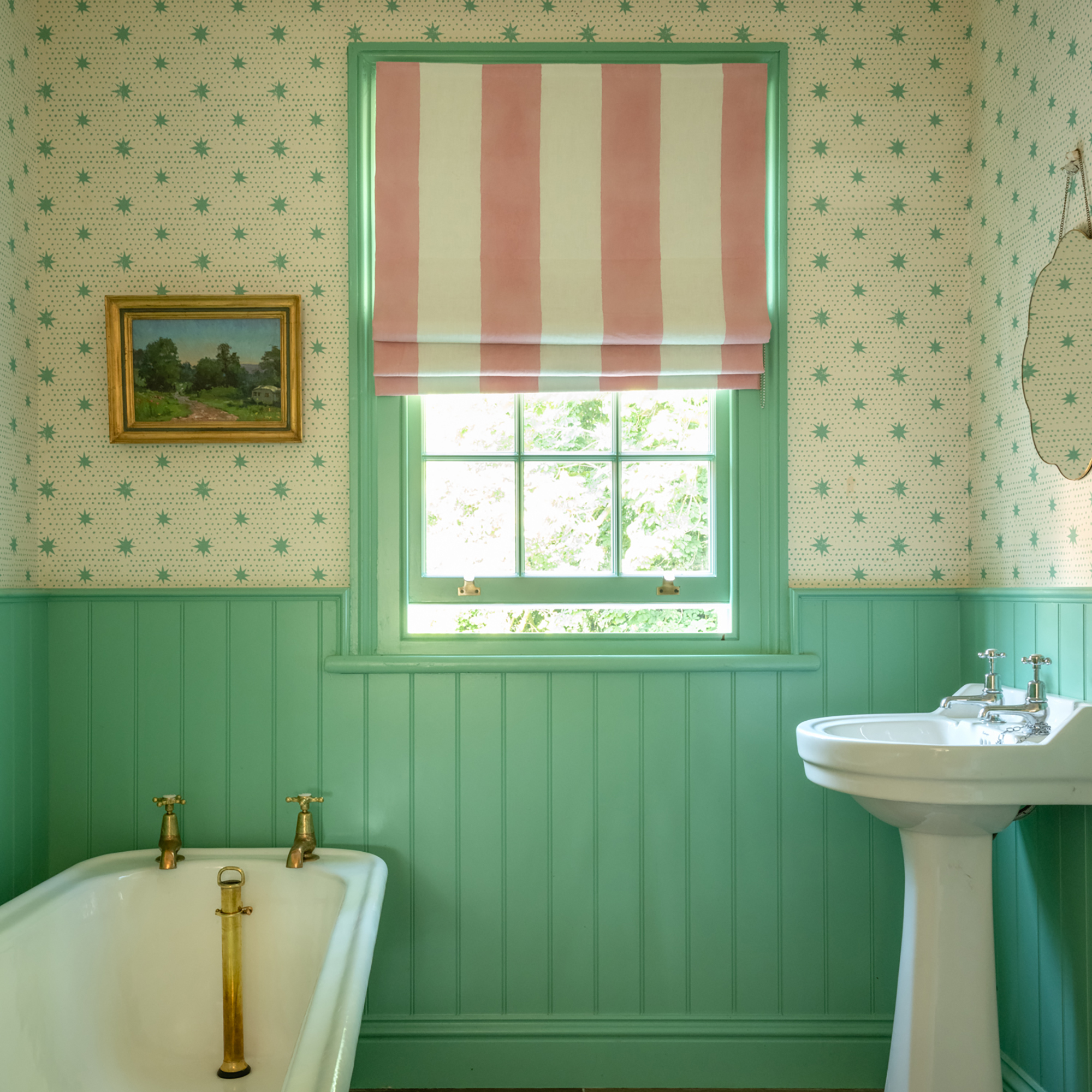
'We’re always being asked if you can use wallpaper in a bathroom,’ says Jamie Watkins, co-founder of Divine Savages. ‘Will it be ok with the humidity and moisture? We say, “Yes of course you can!” Indeed, you absolutely should use wallpaper in a bathroom. A properly ventilated bathroom will happily accommodate wallpaper.’
‘Good ventilation is key when trying to maintain the finish of wallpaper in a bathroom. Ensure your extractor fan is efficient in drawing steam out of the bathroom and keep windows open as often as you can, to prevent condensation soaking into the wallpaper,’ says Amy Holton, head of creative at I Love Wallpaper.
Bathrooms by default are damp, humid places. By a ‘properly ventilated bathroom’, we’re talking about a space that is aired out thoroughly after a steamy bath or shower. This can be a window that’s left open or an extractor fan. This will limit condensation but also prevent the appearance of mould and mildew. New-build bathrooms are required to have an extractor fan as they are deemed to be more airtight, with natural ventilation much lower than older properties.
3. Do check the label
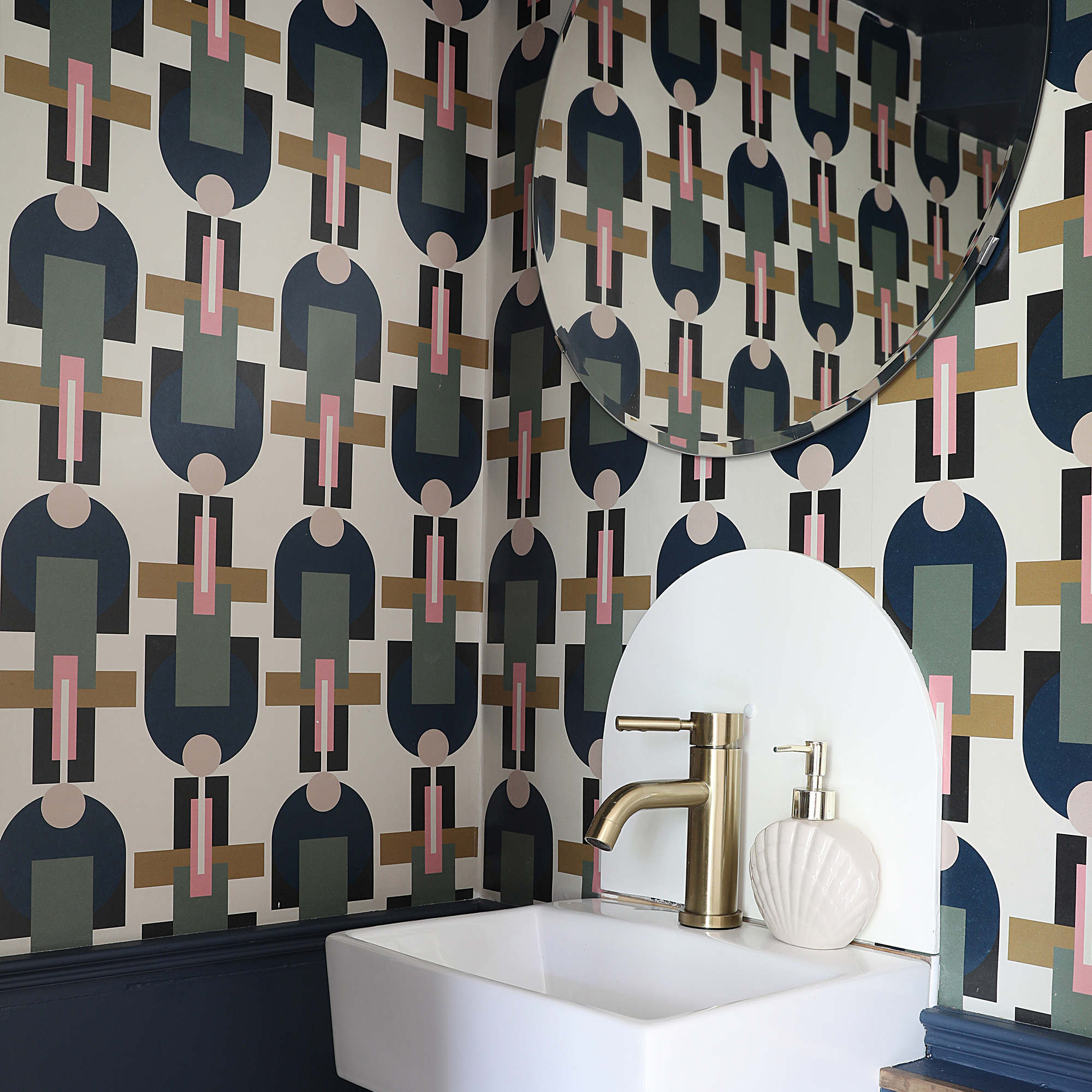
While you can use any wallpaper in your bathroom, some types are more suitable than others. ‘We’d always recommend washable wallpaper in bathrooms,’ says James Watson, MD of 1838 Wallcoverings. ‘Look out for the two-waves symbol on the wallpaper label.’
‘For extra durability, opt for a wallpaper with a vinyl coating or scrubbable finish,’ says Amy Holton. ‘But avoid peel and stick wallpapers though, as they are not suited for high humidity environments.’
Using a few tiles in areas prone to splashing is also a good bathroom tile idea. Alternatively, wood panelling on the lower half of the walls, painted in a shade to complement the wallpaper, helps keep scuff marks to a minimum in high traffic areas,’ says Jamie Watkins.
4. Remember you can add extra protection
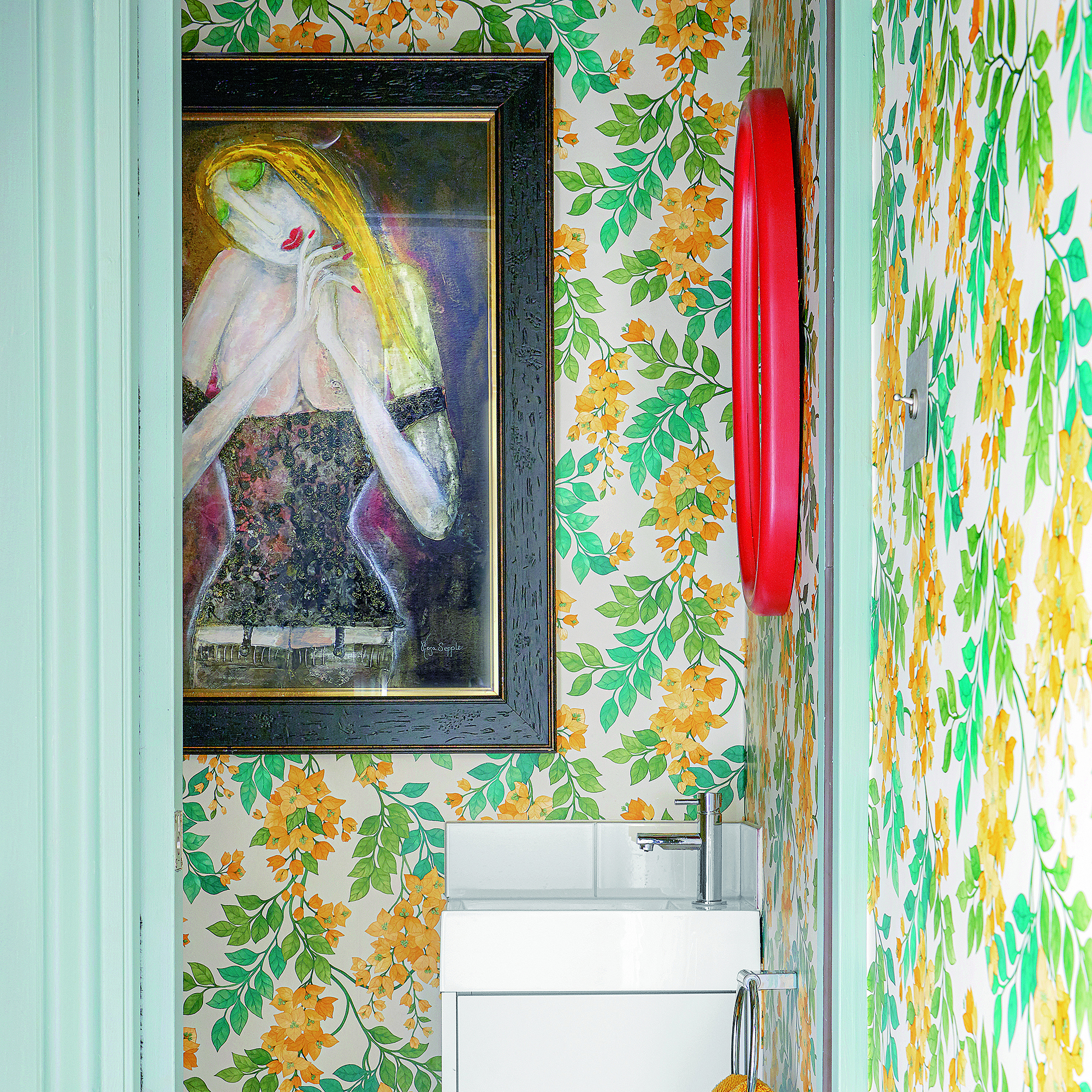
'If you’re worried about the durability and practicality of using wallpaper in the bathroom, we have a top design secret up our sleeve,’ says Jamie.
‘Make decorator’s varnish your new best friend – it provides a highly durable, clear finish that protects against finger marks, water stains, scuffing and colour fading. You simply apply it over the wallpaper using a brush or roller,' he continues.
'It’s available in dead flat, gloss or satin. We prefer the dead flat for a completely sheen free surface, but for extra protection you can use satin, followed by dead flat. Having this product in your decorating arsenal will ensure your wallpaper stays in perfect condition for years to come.’
5. Use wallpaper to transform a clinical space
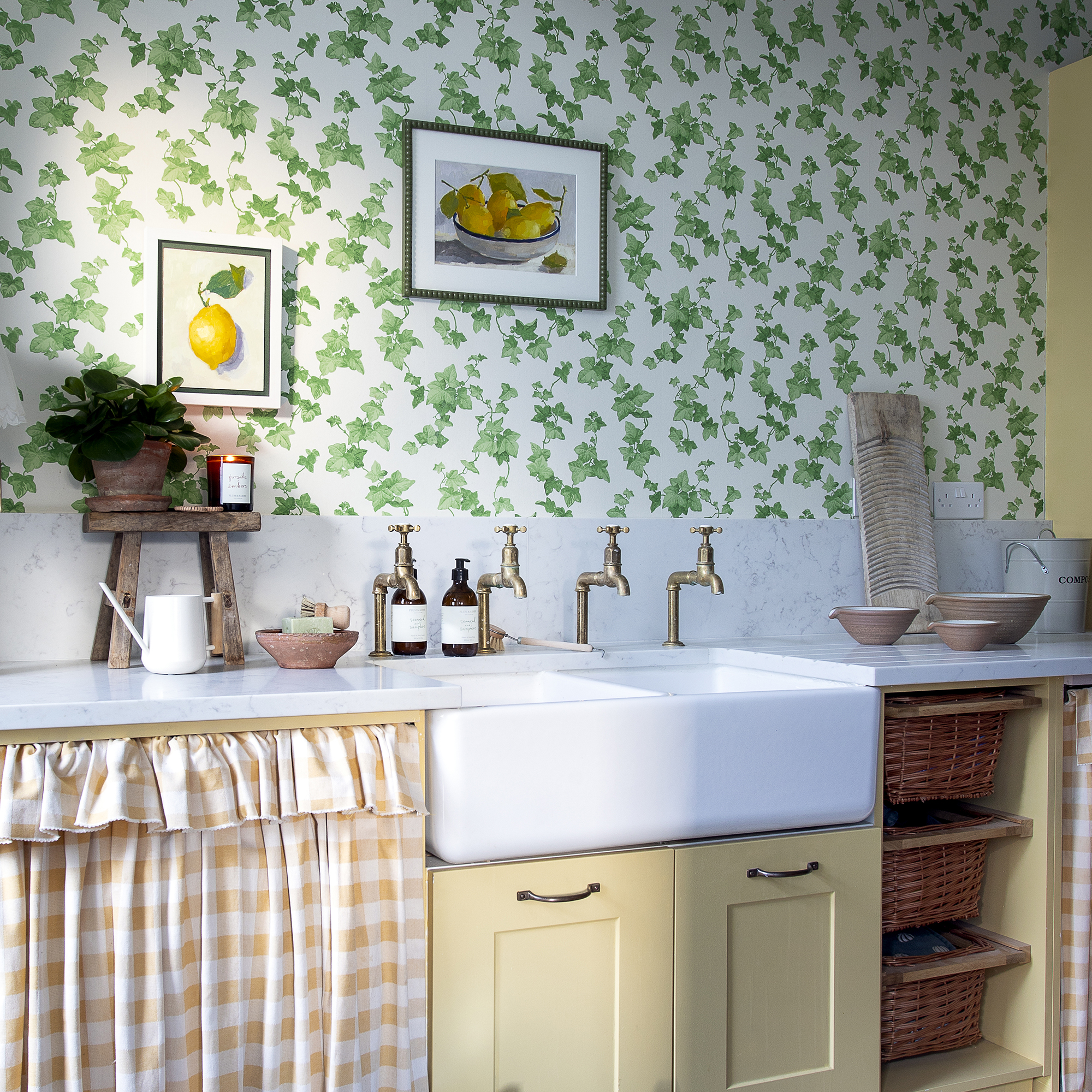
‘Bathrooms are often painted in white out of habit, but this can feel a little cold,’ says Ruth. ‘We are seeing the creation of relaxing havens with sumptuous nature inspired, designs that bring a sense of opulence while creating a natural and nurturing feeling.’
‘Bathrooms are a wonderful space to be creative and follow your heart but do consider the atmosphere you wish to create,’ continues Ruth. ‘If you love to relax and luxuriate in a calming bath, perhaps look for a gentle leafy or nature-inspired wallpaper rather than a bold colourful stripe, whereas if you’re a lively shower type, you may wish to go for a more dynamic, bright and uplifting design.’
6. Do use bathroom wallpaper to add POW
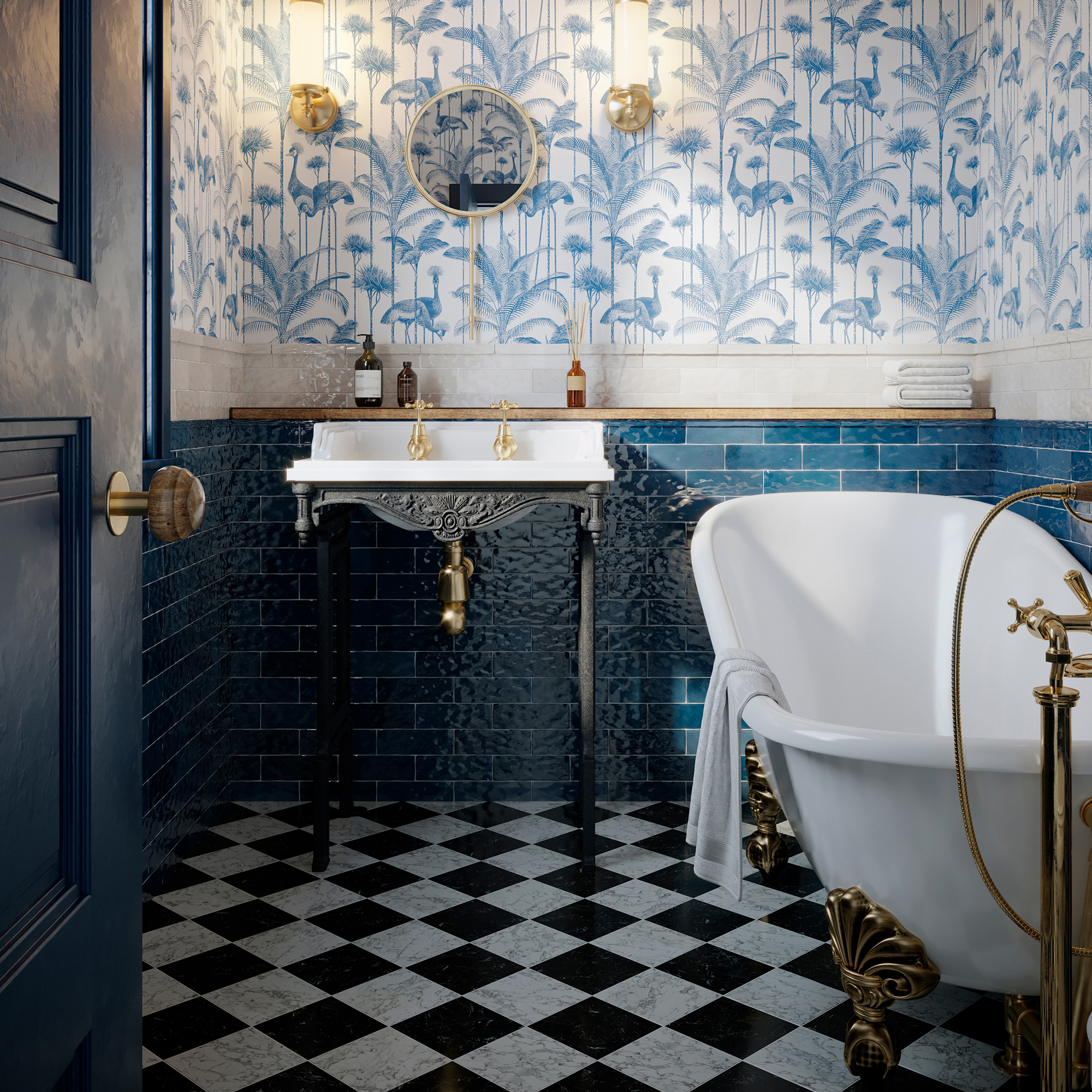
Embracing a pattern in a small bathroom is great and can actually make it seem bigger, so there is no reason why you can’t you blend serious style with practicality. Plus it’s the room all guests are bound to see when they pop over, so it’s a chance to have a bit of fun and experiment, creating maximum impact.
‘And as the bathroom is one of the smaller rooms in a house, you’ll only need a few rolls of wallpaper, so it's the perfect opportunity to splurge on something a little more luxurious,’ says Jamie.
Of course, there are other ways you can add pattern to bathroom walls, including wall art and murals.
7. Do team with tiles
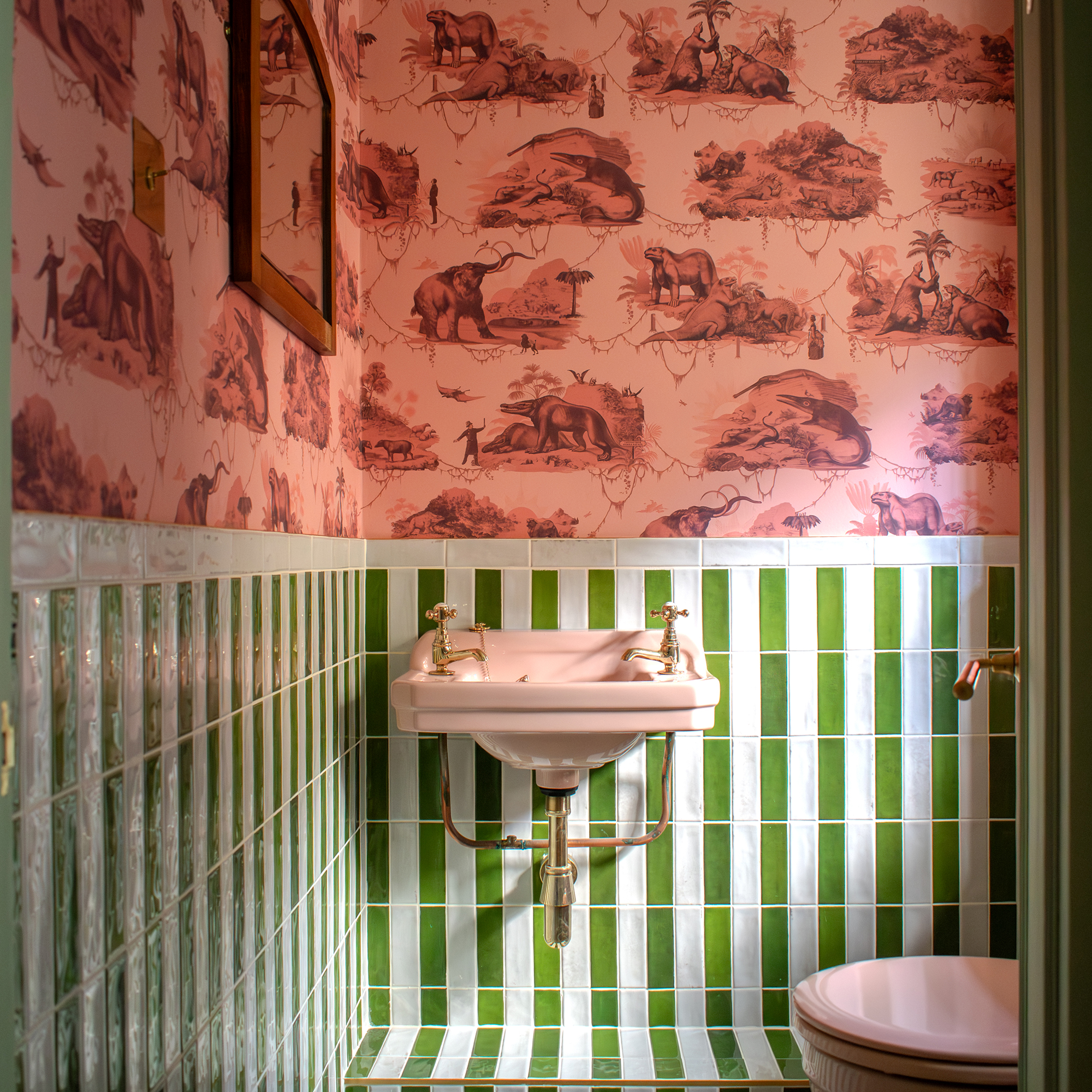
We’re not suggesting that your bathroom becomes a ‘no-tile’ zone, rather that wallpaper and tiles can make a winning combination.
‘If your bathroom is a family bathroom, or you are likely to want to wash your hair while in the bath, it is good practice to have tiles at least halfway up the wall to help protect from splashes,’ says Grazzie.
‘If you are going to mix the two, you can either stick with tiles around the shower, bath, and basin, or perhaps look to tile halfway up your walls and then use wallpaper above typical splash lines. There is no right and wrong answer as to how you mix the two, it might be that you want to go full maximalism and have strong patterns and colours, or that you wish to juxtapose the two materials using a similar colour palette and shades.’
8. Don't be afraid to go bold
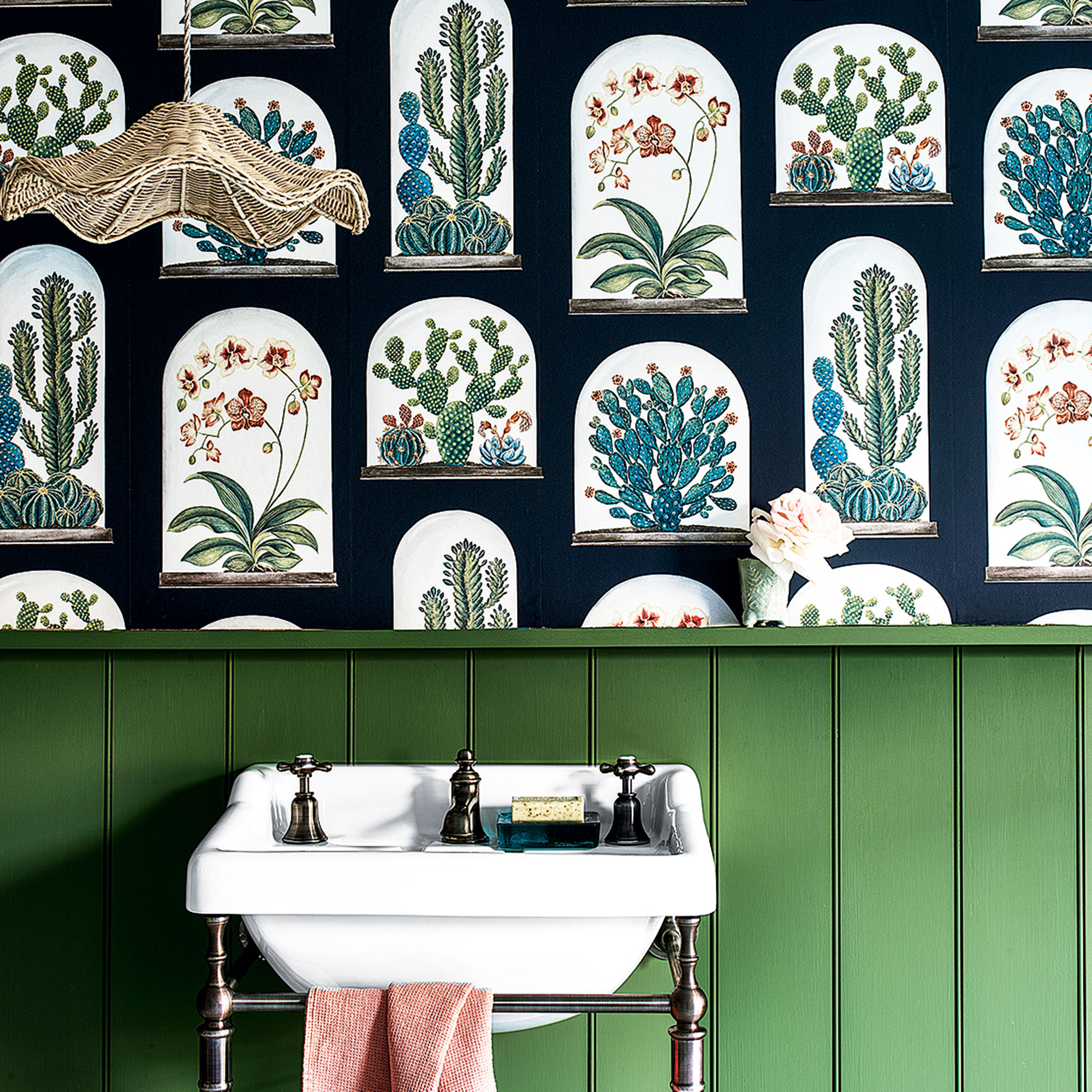
‘There’s nothing quite like the power of pattern to transform an otherwise functional room,' says Jamie. 'The vibrant mix of pink and green has been trending for a few years now and it shows no signs of slowing. It also happens to be one of our favourite colour combinations.'
'We recently worked with Ca’ Pietra in our brand-new showroom where the fusion of their gorgeous tiles with our bold wallpaper has really put the “pow” into our powder room. We created a simple but striking stripe with the tiles which grounds the freer pattern of the repeat design on the walls. The result is a fun and flamboyant maximalist space that proves you can go bold in a small space.’
9. Do scale it down as well as up
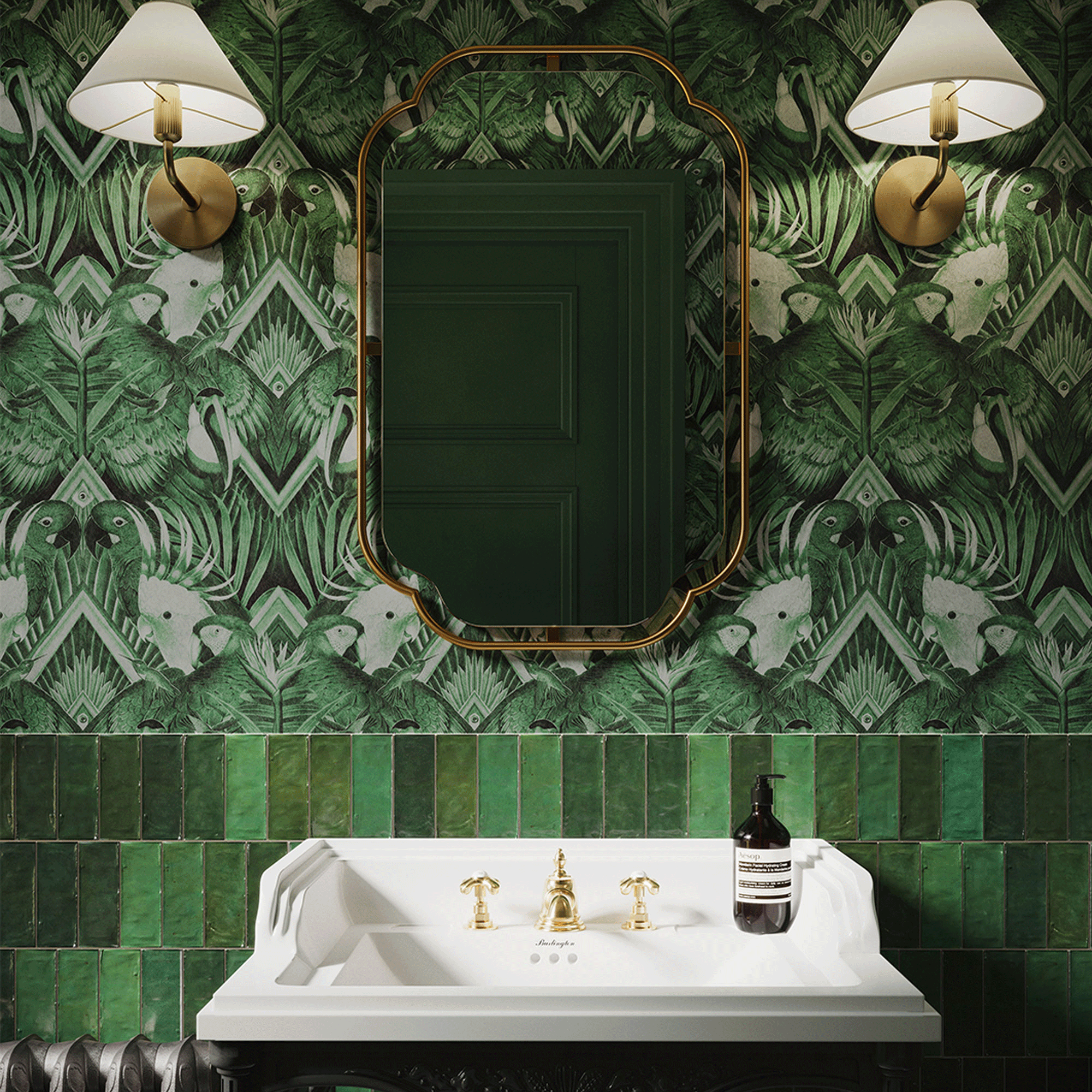
But it’s not all about statement bathroom wallpaper designs.
‘Opting for smaller scale wallpaper designs can be equally as effective, combine with a dado, panelling or tiles to halfway up the wall for a more practical element, and then allow the smaller scale wallpaper pattern to extend to the ceiling. This can be very effective in creating the illusion of more height in the room,’ says James.
10. Do start with the paper
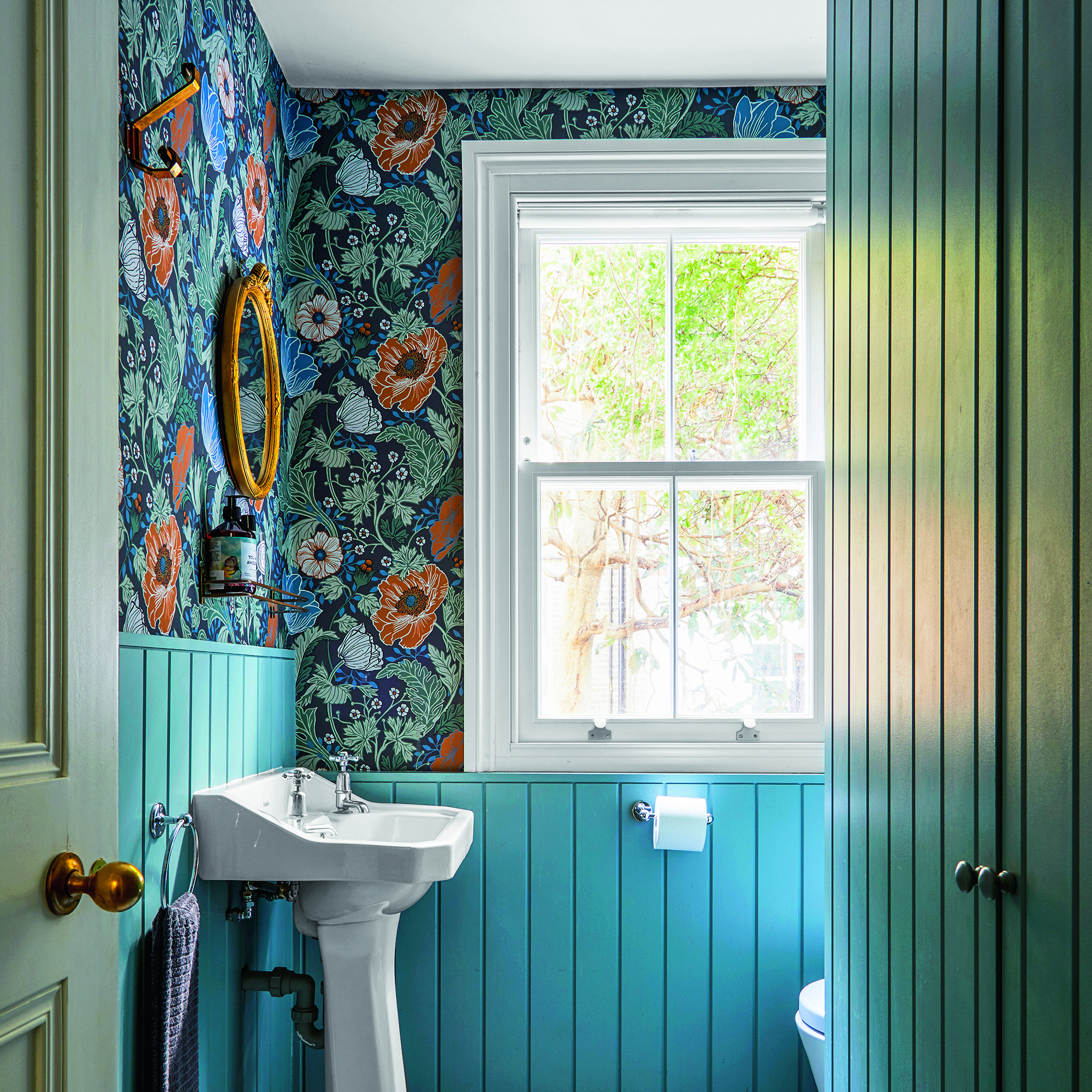
‘Use your chosen wallpaper as a basis for your modern bathroom idea, picking out a colour from the wallpaper,’ says Ruth. ‘Don’t overlook the soothing power of darker shades: deep, sumptuous colours on tiles and wallpapers can give your bathroom a luxurious, nurturing feel. Surround yourself with deep blues or intense greens to cocoon yourself in the colours of nature and give yourself time to relax and reflect.’
‘Subtle and delicate neutral patterns work well to create a serene and calming atmosphere or go for a faux marble effect wallpaper to get that ultimate “spathroom” look for less,’ Amy explains.
FAQs
Is bathroom wallpaper waterproof?
Wallpaper, by its very nature isn’t waterproof, yet there are some finishes – the more vinyl-base ones – that are water resistant. Check the label – a single wave means ‘water resistant’ or ‘sponge-able’, two waves mean ‘washable’, while three waves ‘highly wash resistant’.
No wallpaper would withstand being in a direct splash zone, such as around your shower. There are things you can do to improve your wallpaper’s resistance to water, such as a matt varnish, but the best option is to mix wallpaper with tiles.
What type of wallpaper is best for a bathroom?
Vinyl wallpaper is the most durable and washable, making it a great choice for high humidity areas.
But you can use any wallpaper, depending on how well your bathroom is ventilated, and as long as it’s protected around splash areas. If you are still unsure, what about using your chosen wallpaper in your cloakroom instead?
Are you feeling brave enough to wallpaper up your bathroom? Maybe start with a WC..

Jennifer Morgan is an award-winning editor, writer and stylist, with over 25 years’ experience writing, styling and editing home interest magazines. Jennifer was the deputy editor of Ideal Home from 2008-2010, before launching Ideal Home’s sister title, Style at Home in 2010. Jennifer went on to launch several craft magazines and websites, before going freelance in 2016, with a client list that includes John Lewis, Dunlem and Nordic House. Today, she writes for Ideal Home, Real Homes, Waitrose, Woman & Home, Sainsbury’s Magazine and Homes & Gardens.
-
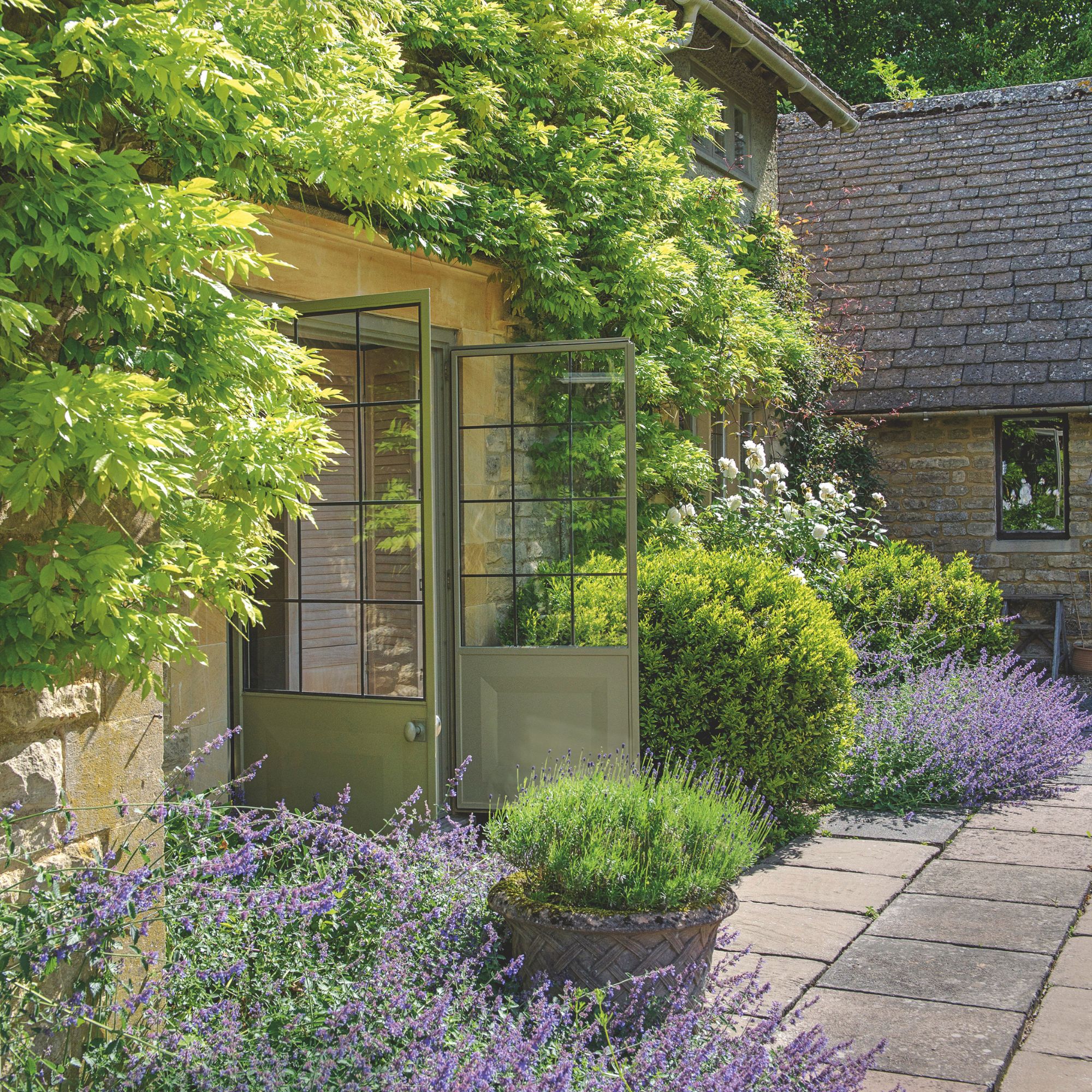 5 fragrant shrubs that will fill your garden with a gorgeous scent this summer
5 fragrant shrubs that will fill your garden with a gorgeous scent this summerAdd an extra dimension to your outdoor space with these scented shrubs
By Kezia Reynolds
-
 Should your front door colour match your hallway? Interior experts reveal 3 reasons why it should (and 3 reasons it shouldn't)
Should your front door colour match your hallway? Interior experts reveal 3 reasons why it should (and 3 reasons it shouldn't)Are you team matching or contrasting?
By Ellis Cochrane
-
 This £200 limited-time discount makes this Dyson vacuum cheaper than I’ve ever seen it - run don’t walk to Argos for this bargain
This £200 limited-time discount makes this Dyson vacuum cheaper than I’ve ever seen it - run don’t walk to Argos for this bargainIt's the most affordable Dyson on the market right now
By Lauren Bradbury